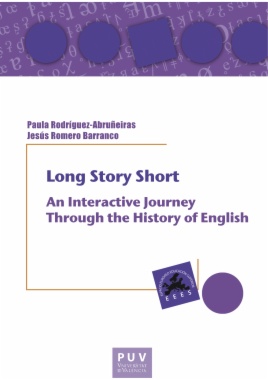Este libro de texto pretende hacer un repaso claro e informal de la historia de la lengua inglesa. Aunque no se trata de llevar a cabo una descripción sociolingüística exhaustiva de los diferentes periodos en los que se divide la historia del inglés, debe quedar claro que la lengua ha cambiado porque es utilizada por la sociedad y, por tanto, no se puede entender una sin la otra.

